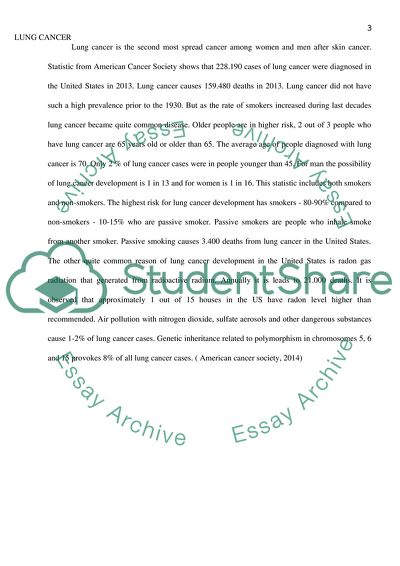Cite this document
(Lung Cancer Term Paper Example | Topics and Well Written Essays - 1750 words, n.d.)
Lung Cancer Term Paper Example | Topics and Well Written Essays - 1750 words. https://studentshare.org/biology/1846435-lung-cancer
Lung Cancer Term Paper Example | Topics and Well Written Essays - 1750 words. https://studentshare.org/biology/1846435-lung-cancer
(Lung Cancer Term Paper Example | Topics and Well Written Essays - 1750 Words)
Lung Cancer Term Paper Example | Topics and Well Written Essays - 1750 Words. https://studentshare.org/biology/1846435-lung-cancer.
Lung Cancer Term Paper Example | Topics and Well Written Essays - 1750 Words. https://studentshare.org/biology/1846435-lung-cancer.
“Lung Cancer Term Paper Example | Topics and Well Written Essays - 1750 Words”. https://studentshare.org/biology/1846435-lung-cancer.


